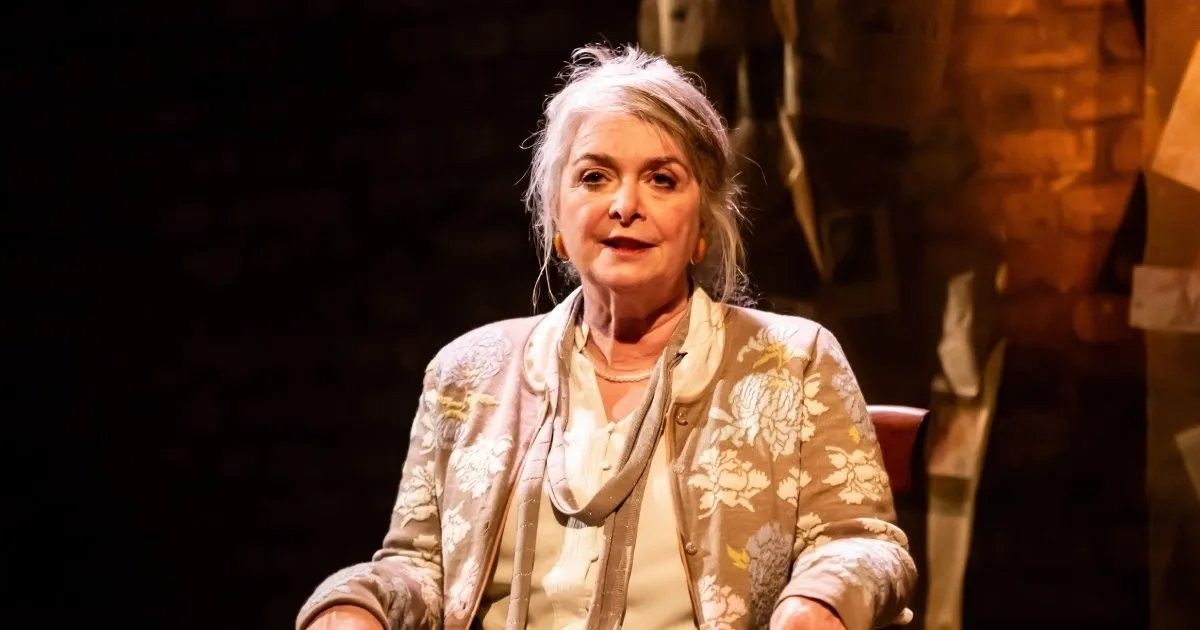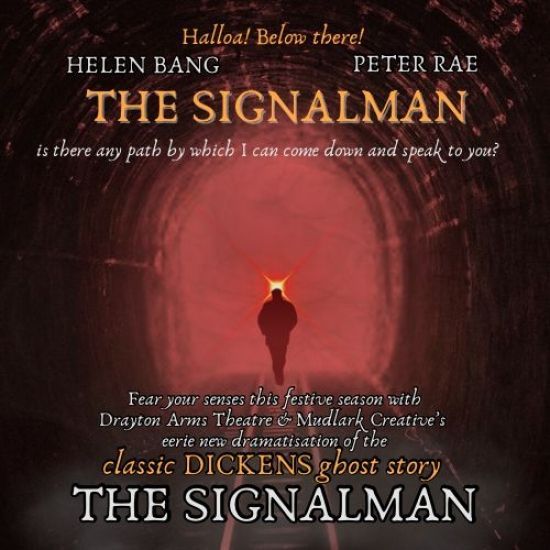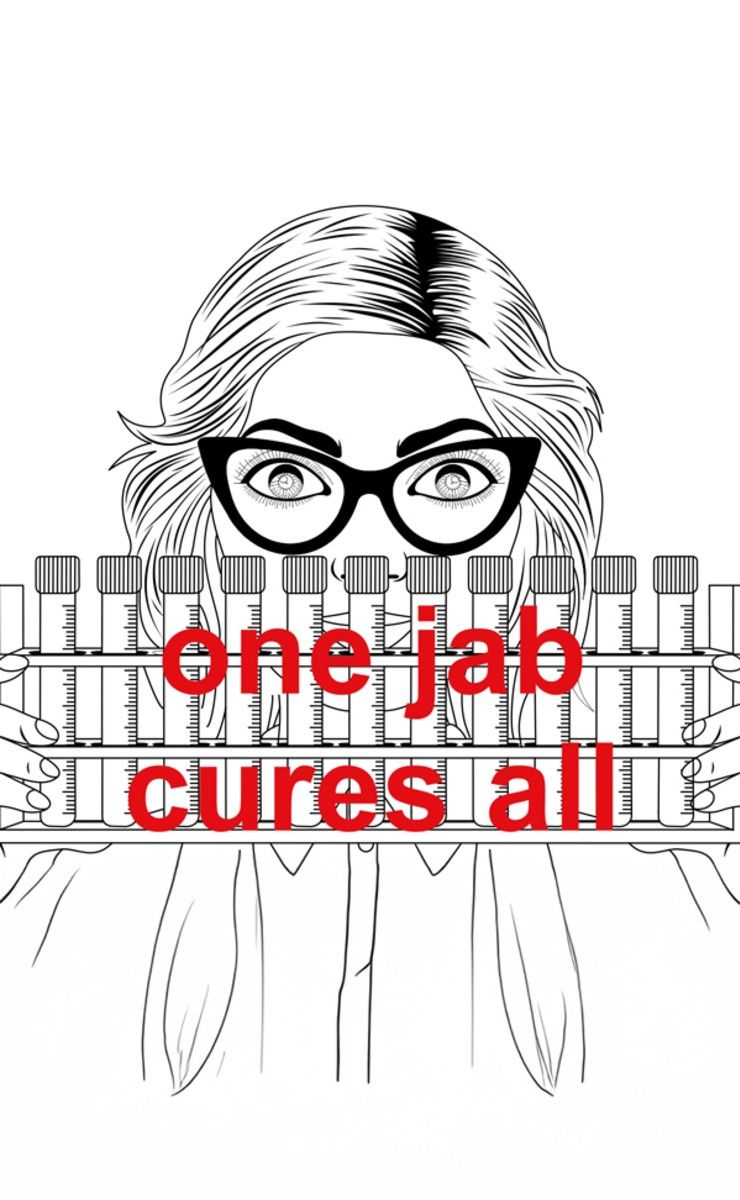REVIEW: As Long As We Are Breathing at Arcola Theatre 28 Jan - 1 Mar 2025

“Beautiful and unusual; theatre as a sacred space” ★★★★
As Long As We Are Breathing, meditations on survival and beyond, tells the story of Miriam Freedman, Slovakian, Jewish and a child during the Second World War. She survived because of the bravery and compassion of neighbours who hid her from the authorities in their own homes. This multi/media, multi-layered play, directed by Ben Caplin and written by Diane Samuels, of the award-winning Kindertransport, is a poetic proclamation about healing, gratitude and forgiveness.
“It’s why you’re here, isn’t it? To learn? To understand?” asks older Miriam, in her 80s, sagely and stoically performed by Caroline Gruber with a kindly demeanour and cardigan. The small, intimate audience downstairs at the Arcola do indeed want to be illuminated. While Miriam Senior settles on a chair, Jackanory-style, young Mariam captivatingly embodied by Eva Zoe Goriely, sits lotus position on a yoga mat in between flying around the floor like a young foal. Through her limited understanding and knowledge of the world, she was six when this all started, we experience anti-Semitism, isolation, fear, bewilderment. She implores other children to play with her, tries to gouge out her own eyes that are not Aryan blue but ‘black’ and, watches her father walk away, never to be seen again.
This isn’t a straightforward telling of survival, if there is such a thing. It’s not one to add to the list of harrowing, brutal or searing holocaust plays -of which there are many and rightfully so. This considers the idea of not only surviving - but thriving; not merely existing after the indescribable has happened, but living.
It’s in the title. The inroad to this Nirvana of spiritual peace, according to Miriam’s lived experience is the daily practise of yoga and meditation, which she discovered in adulthood after moving to London. In yoga and meditation, the dual concepts of the breath and the present guide participants to a place of inner calm. Practitioners are often asked to consider someone they love before starting a yoga session - not those they hate or despise, for obvious reasons. And this question of burning resentment that can eat away a persons soul, if permitted is in, As Long As We Are Breathing, something to be dealt with. The charity, The Forgiveness Project which provides opportunities and resources for individuals to explore the limits and possibilities of forgiveness is connected to this project and when Miriam states of those that have annihilated most of her family and friends: “I forgive them” they are three of the most powerful, spine-tingling words I’ve heard in theatre.
There are three people on stage throughout this 90 minute performance with no interval. As well as the two Mariams evoking in parallel the past present, and present present, is musician, Matthew James Hinchcliffe who gently taps out vibrations on the singing bowl and manages to draw out an entire emotional gamut from the clarinet. From hideous cries to softening sighs, this instrument throws out all kinds of audio punctuation marks into the air: question marks, exclamation marks and ellipses. The clarinet represents the breath too, the everyday oxygen of life.
As Long As We Are Breathing does something unusual and beautiful. It attempts to uplift the audience as we willingly enter one of histories darkest chapters. It demonstrates that the past doesn’t have to destroy the present . Affecting and engaging, it starts as a conversation and invites audience participation, but not the humiliating kind that makes spectacles of participants, but a more gentle approach that invites the audience to close their eyes, consider their own breath and bodies, “to look inwards.” Although for some, this might be a toe-curling introduction to a play, “I came to watch something not close my eyes” insisted my friend, the approach succeeds in drawing audiences into a collective experience.
The set by Isabella Van Braeckel consists of a calm front room and the backdrop, gauzy layers of family photos, letters, train tickets; a personal family archive. On this are projected additional visual layers of key family members, significant teachers, those loved and lost. The theatre through the text, performance, sound, lighting and visual elements holistically recreates a sacred space, one for reflection and contemplation. Family members who haven’t survived, are no longer breathing, are represented by blood/love red carnations, one by one placed in a drawer.
With so much theatre predicated on the central premise of conflict, it’s a breath of fresh air to experience something that so effectively creates a calm, peaceful space and focuses on what happens after the conflict. This is indeed a meditation on survival and beyond with a universal truth at its heart. It’s not tub-thumping or didactic but something that floats like air or laps like waves, something that might even help others process trauma. There’s a reason ‘present’ is another word for ‘gift’ and this play illustrates this with lyricism and heart.
Photography: Lidia Crisafulli
Sarah Lawrie presents





